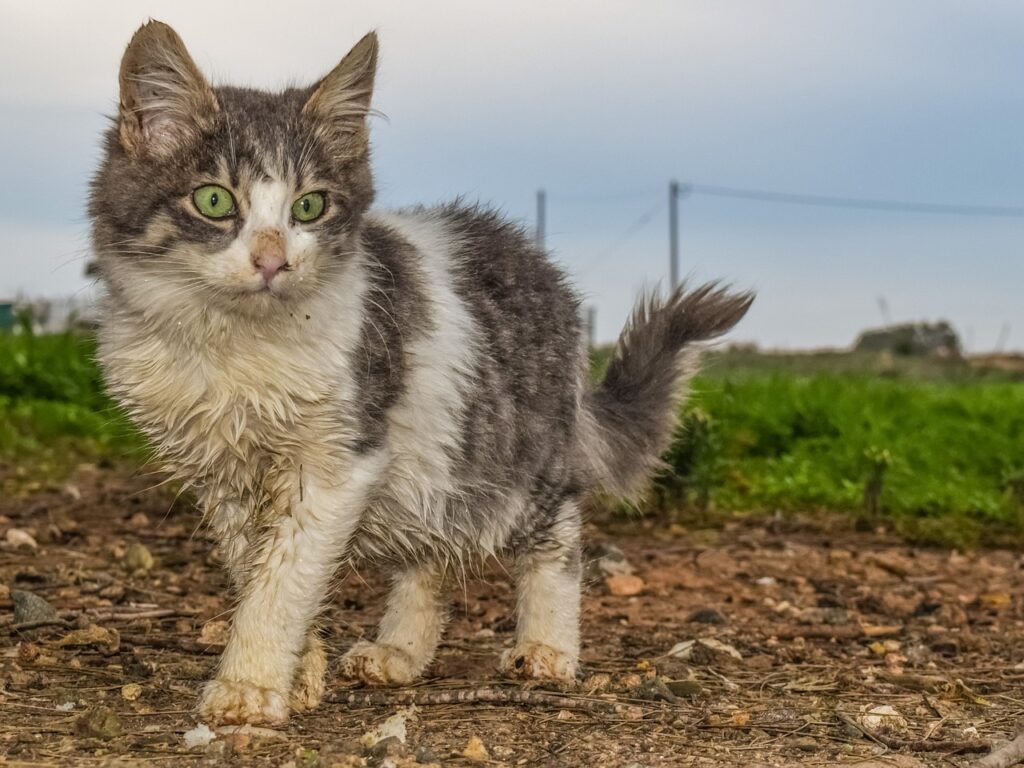Introduction
In the vast tapestry of American society, the welfare of animals holds a critical place. Our nation’s journey towards recognizing and safeguarding the rights and well-being of animals has been marked by progress, advocacy, and evolving attitudes. From household pets to wildlife, animal welfare in America encompasses a spectrum of concerns, highlighting our responsibility to coexist and care for the creatures that share our planet. In this blog post, we’ll delve into the state of animal welfare in America, shedding light on achievements, challenges, and the path forward.
Historical Perspective
The history of animal welfare in the United States is one of transformation. Long gone are the days when animals were viewed solely as resources for labor, entertainment, or sustenance. The mid-20th century saw the birth of the animal welfare movement, as societal values shifted towards recognizing animals’ intrinsic value. Milestones like the Animal Welfare Act of 1966 marked a turning point, addressing concerns related to the treatment of animals in research and exhibition settings.
Achievements and Progress
In recent decades, numerous achievements have elevated the status of animal welfare in America:
- Companion Animal Care: The proliferation of animal shelters, rescue organizations, and spaying/neutering campaigns has drastically improved the lives of companion animals. Adoption has become a popular choice, reducing the number of euthanized animals.
- Legislative Measures: Federal and state laws now protect animals from cruelty, neglect, and abuse. These laws vary but generally aim to prevent unnecessary suffering and promote responsible ownership.
- Farm Animal Welfare: Increased awareness about factory farming has led to improved conditions for farm animals, with some states banning cruel practices like battery cages and gestation crates.
- Wildlife Conservation: The Endangered Species Act and efforts by conservation organizations have helped save many species from extinction, focusing on preserving biodiversity.
Challenges Ahead
While progress has been made, significant challenges persist:
- Animal Testing: The ethics of animal testing remain contentious, balancing scientific advancements with the well-being of laboratory animals.
- Factory Farming: Despite improvements, factory farming still raises concerns about animal welfare, environmental impact, and food safety.
- Wildlife Habitat Loss: Urbanization and deforestation threaten wildlife habitats, leading to conflicts between human development and animal habitats.
- Lack of Uniform Laws: Animal welfare laws vary across states, creating inconsistencies in protection levels for animals.
The Way Forward
As we navigate the complexities of animal welfare, a few key strategies can guide us:
- Education and Advocacy: Raising public awareness about responsible pet ownership, ethical treatment of animals, and the consequences of animal cruelty is essential.
- Legislative Reforms: Advocating for uniform and stronger animal welfare laws at both state and federal levels can provide more comprehensive protection.
- Sustainable Practices: Promoting sustainable agriculture and responsible consumption can mitigate the negative impacts of factory farming.
- Conservation Efforts: Investing in wildlife habitat restoration and supporting conservation organizations can help safeguard endangered species.
Conclusion
Animal welfare in America is a journey that reflects our evolving attitudes and values towards animals. While challenges remain, the progress achieved and the growing recognition of animals’ intrinsic value bode well for the future. By advocating, educating, and working towards a compassionate society, we can ensure that the welfare of animals remains a central tenet of the American ethos, fostering a world where animals are respected, protected, and cherished.









